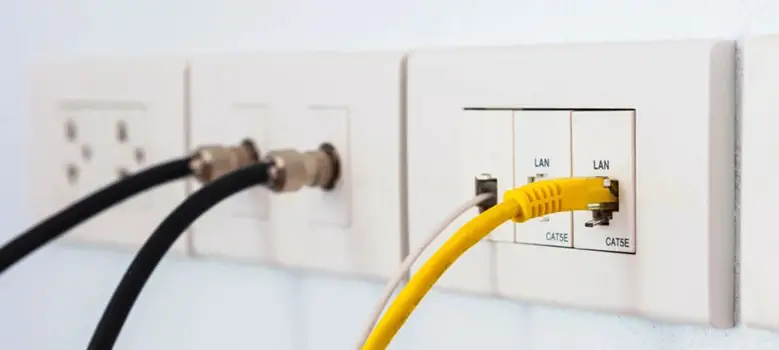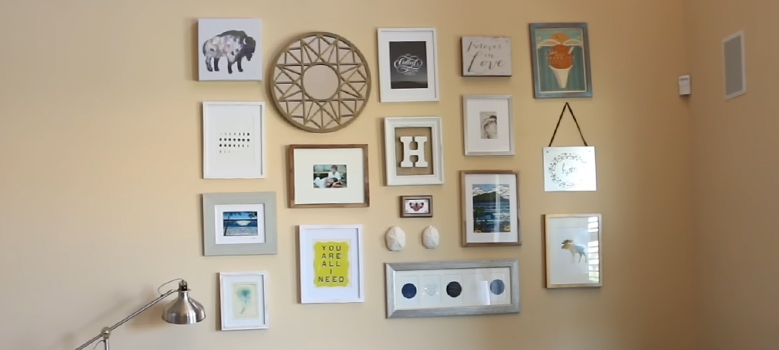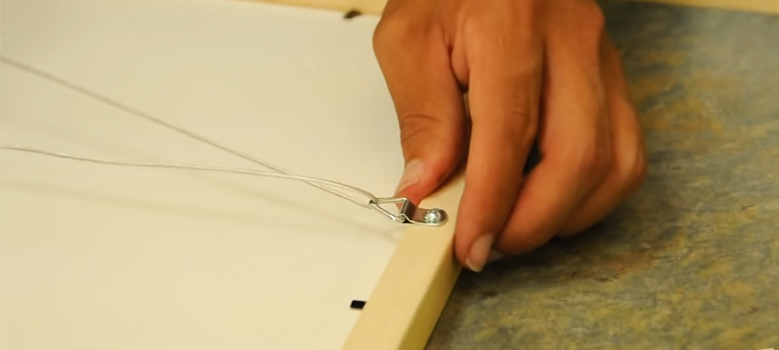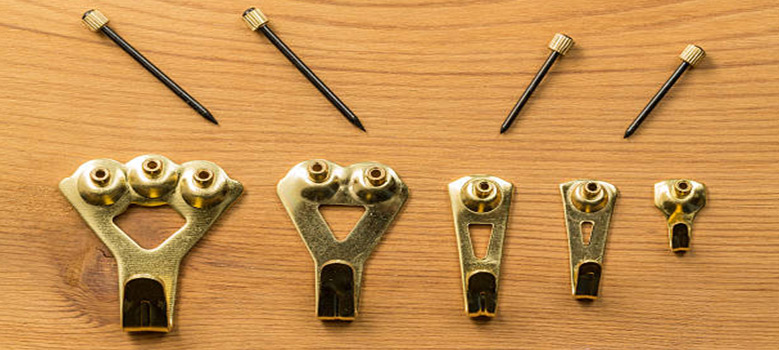Having ethernet ports pre-wired in your home provides faster and more reliable internet access compared to WiFi. But before you can enjoy speedy wired connections, those ethernet wall outlets need to be activated and configured properly.
This step-by-step guide will show you how to get your ethernet ports up and running. We’ll cover how to check cabling connections, enable the ports in your router settings, connect devices, and troubleshoot any issues.
Follow these 6 simple steps to activate ethernet wall outlets and unlock wired gigabit speeds throughout your home. With wired ports set up in key rooms, you can connect smart TVs, game consoles, computers, and more for lag-free streaming, gaming, and video calls.
6 Simple Steps to Activate Ethernet Port on Wall
Using the Ethernet port is an easy way to ensure that you have the best possible speed and to essentially ‘hack’ your internet connection. As a result of bypassing airborne signal weakening, the speed instantly jumps ever so slightly. A huge difference can be made by it. You will especially notice this if you are playing games or streaming high-quality content.
Although, when it comes to setting this up, you may encounter a few challenges. The cable can easily be plugged into a wall and your device by simply plugging one end into the wall. However, some things can prevent your Ethernet port from working properly. There may be a variety of reasons why your Ethernet connection is down. In the following post, we will explore some possible fixes. This guide covers all types of Ethernet ports, so you can find everything you need here.
#Step 1: Check Ethernet Cabling is Connected
First, verify that an ethernet cable is connected from a LAN port on your router or switch to the ethernet wall port you want to activate. Make sure the cable is properly plugged in at both ends – into the router/switch port and the wall port. Also check that the wall port connects back to your main router location.
If the cabling is not connected, run a new ethernet cable between the wall port and router. Terminate the cable ends properly with RJ45 connectors.
#Step 2: Ensure Router/Switch is Powered On
Your ethernet wall ports rely on your router or switch being powered on to function. Before connecting devices, check that your router is plugged in, turned on, and operating correctly. If you’re connecting the wall port to a network switch, verify the switch is getting power.
If the router or switch is off, the ethernet wall ports will be inactive, so make sure power is flowing first.
#Step 3: Enable the Port in Router Admin Interface
Log into your router’s admin interface to enable the specific LAN port that connects to your wall port. This allows the port to pass data. In the router port settings, locate the port numbered with your wall port connection. Make sure it is set to “Enabled”. Disable any auto-shutdown or green ethernet power saving on the port.
With the port now active in the router, you can connect to it from your wall outlet.
#Step 4: Verify DHCP is Enabled on Router
For devices to automatically get an IP address from your wall port, DHCP needs to be enabled on your router. Under the DHCP settings, make sure DHCP server is turned On. Configure the IP address range and lease time as desired. This will assign IPs to any device plugged into the newly activated wall port.
#Step 5: Connect Device to Wall Port
With cabling checked, router powered on, and port enabled in the router admin, you can now connect a device. Plug one end of an ethernet cable into your computer, game console, streaming TV, or other wired device. Plug the other end into the ethernet wall port you are activating.
#Step 6: Confirm IP Address and Internet Access
Finally, check that your connected device receives an IP address within your network range from the wall port.
Try opening a web browser or loading a web page to confirm internet connectivity through the wall port. Streaming video or gaming can also verify full functionality. If you don’t get an IP address or network access, recheck cabling, router setup, and that the port was enabled properly in step 3.
And that’s it! Those 6 simple steps will get your ethernet wall ports up and running.
Identifying Ethernet Wall Ports
Before activating ethernet ports, you’ll need to locate them in your home. Ethernet ports look similar to phone jacks, but have 8 contacts vs 4 or 6 for phone. They often have a plastic shutter. An ethernet port may be labeled with “CAT5” or the ethernet symbol.
Check inside cabinets, in the wall near floor level, or near phone and cable jacks. Homes often have ethernet ports in most bedrooms and key rooms. Trace the cables to locate ports.
Using Ethernet Wall Ports
With your ethernet wall ports activated, you can now connect devices directly for fast wired speeds. Connect your desktop computer, HDTV, game system, or other high-bandwidth device. For more ports, connect an ethernet switch to your wall outlet. Look for an unmanaged gigabit switch with enough ports for your needs. Connect the switch to your wall port, then run cables from the switch to devices. Manage cables neatly using velcro straps and clips. Use cable raceways painted to match your walls for running cables vertically. This keeps the installation clean.
Troubleshooting Ethernet Ports
If your ethernet wall ports aren’t working after following the activation steps, there are a few things to check:
- Test the cabling with an ethernet cable tester. This can identify any broken wires or faults.
- Inspect both ends of the ethernet cable for solid connections. Re-terminate if needed.
- Factory reset your router and network switch to reset all ports to default configurations.
- Verify port activation, DHCP, and router settings again. Triple check cabling.
- Swap cables and test different devices if the port only works intermittently.
This should cover any common issues getting ethernet ports up and running. Don’t hesitate to contact your ISP or a network technician for troubleshooting help.
Adding New Ethernet Ports
If your rooms lack ethernet ports, there are a few ways to add additional ports:
- Ethernet over Power adapters use your home’s electrical wiring to create a wired network connection.
- MoCA adapters work similarly to EoP but utilize coaxial cable lines instead.
- Call an electrician to install additional ethernet wall ports and run new cabling.
- Run long ethernet cables along baseboards between rooms if ports aren’t feasible.
Make sure to place ports strategically where WiFi coverage may be poor. Offices, media rooms, and smart home hubs will benefit most from new wired connections.
There are Pros and Cons to Ethernet to Wall
The benefit of connecting an Ethernet cable directly to the wall jack is the faster internet speed that can be achieved. Games and movies can be streamed online using this configuration.
Having this kind of system gives you better security and prevents interference from occurring. However, this type of wired connection is quite expensive. Aside from restricting movement, they also prevent the user from moving around. The laptop cannot be used in another room unless that room also has an ethernet jack. If you’re connected to a wall jack via an ethernet cable, you can’t easily move it to another room.
The best way to do that is to disconnect your laptop from the internet even if it does move to a different room. There are fewer attacks and dedicated bandwidth, and such inconveniences are worth it for many people.
The Reasons Ethernet Cables Will Not Fit into Walls
The Ethernet cable you are using is probably incorrect. Putting RJ45 cables in RJ11 jacks isn’t that uncommon among laypeople. Using the wrong cable will prevent the cable from entering the jack.
An ethernet cable cannot be run through a home when the infrastructure isn’t up to speed. You should check the ethernet jack of your home if you trust the cable and if it has ethernet wiring. In any case, if you’re using the right ethernet cable, you shouldn’t have any problems.
Frequently Asked Questions
Here are some additional FAQs based on the entity keywords that could be included:
What does an ethernet port look like?
Ethernet ports are typically 8P8C ports, also known as RJ45 ports. They have 8 contact points and look similar to phone jacks, but larger. There is usually a small plastic shutter covering the port when not in use.
Where are ethernet ports located in my house?
Ethernet ports are often located near phone jacks and cable outlets, such as in the wall near the floor, inside cabinets, or near the entertainment center. They can be found in any room but are most common in bedrooms and home offices.
How can I tell an ethernet port apart from a phone jack?
The main difference is that ethernet has 8 contact points compared to 4 or 6 for phone jacks. Ethernet ports also have larger, more separated contacts. They should be labeled or have an ethernet symbol near the port.
Why do I need to enable the ethernet port in my router?
Your router has internal settings that control each LAN port. By default, ports may be disabled, so you need to log into your router admin and enable the specific port connected to your wall outlet. This allows data to flow through that port.
What happens if DHCP is not enabled?
DHCP assigns IP addresses to devices on your network. If DHCP is disabled in your router, devices plugged into your new ethernet wall port will not receive an IP address needed for internet access. Make sure DHCP is On.
My ethernet port lights are flashing – what does this mean?
Flashing lights usually indicate data transmission. A flashing link light means the port has an active connection. Flashing activity lights indicate it is sending or receiving data.
What causes an ethernet port to stop working?
This is often due to a bad cable connection, a port failure, or the port was disabled in router settings. Try re-terminating the cable ends or testing cables to isolate the issue. Factory reset your router to see if that fixes the problem.
Conclusion
Activating the ethernet ports around your home provides faster and more reliable connectivity for your devices. With just 6 easy steps, you can unlock the potential of your home’s pre-wired ethernet. Follow the tips above to check cabling, enable ports and DHCP in your router, connect devices, and troubleshoot any issues. Your devices will enjoy lag-free, high speed access for work video streaming, gaming, or anything high-bandwidth.
Enjoy your new wired network and all the benefits ethernet ports provide over WiFi! Let us know if you have any other questions.






